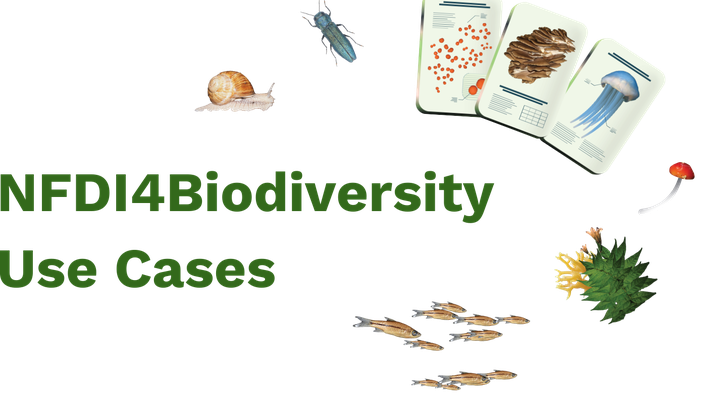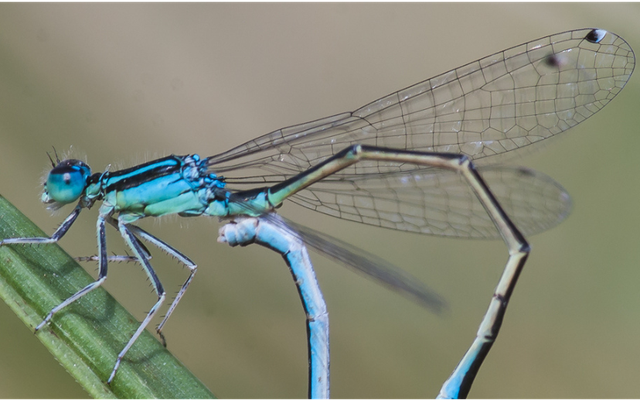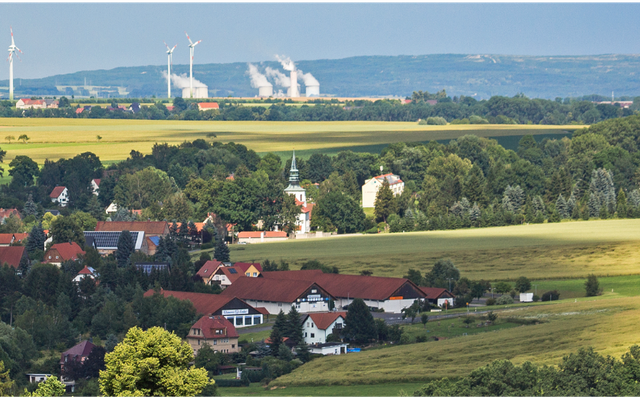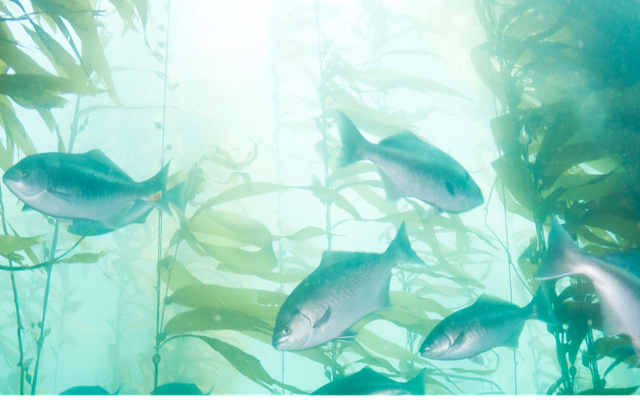NetPhyD
"Botanical observation data in Germany is traditionally scattered across many data systems. By collaborating with NFDI4Biodiversity, we will be able to make this data available centrally on our platform in future, which will make research and nature conservation much easier."
Florian Jansen (Chairman of the Network Phytodiversity Germany (NetPhyD))
About NetPhyD e.V.
The Network Phytodiversity Germany (NetPhyD) is a central platform that brings together and harmonizes botanical observation data from all over Germany. In the past, this data was organized by regional botanical expert groups. Since the dissolution of the regional centers in the 1990s, they have mainly been managed at the federal state level. NetPhyD now brings all this regional data together on a nationwide platform – and thus offers a significant improvement in terms of the long-term use of the data.

The Joint Goal: Cross-System Linking of Valuable Databases
For the last Red List of Plants of Germany, the data from over 60 projects were compiled and harmonized. However, the resulting data collection on deutschlandflora.de and the distribution maps on floraweb.de could not solve the problem that the data is distributed across many different systems. An automated update mechanism has so far failed because the systems have different recording methods and there are uncertainties as to who is authorized to access the data.
The aim of the joint use case project in NFDI4Biodiversity is therefore to improve the linking of data, even if it originates from different systems. Certain rules for data exchange are to be defined in order to ensure quality and evaluate the data.
Das Engagement von NetPhyD e.V. im NFDI4Biodiversity-Konsortium konnte maßgeblich zur erfolgreichen Realisierung dieses Ziels beigetragen. Insbesondere wurden Fortschritte in der Vernetzung und Bereitstellung botanischer Beobachtungsdaten erzielt, wobei die heterogene Softwarelandschaft überwunden und neue Datenaustauschszenarien erprobt wurden. Die Entwicklung einer Restful API ermöglicht es, Daten unter Einhaltung der Datenschutzbestimmungen und Vereinbarungen hinsichtlich der Nutzungsrichtlinien projektweise abzurufen. In addition, a single sign-on with OpenID Connect was implemented to ensure secure identification of data owners and GDPR compliance. These technological advances are crucial for the further development and integration of botanical data into national and international platforms such as the Living Atlas of Nature Germany – another NFDI4Biodiversity use case project.
Successes to Date
As part of NFDI4Biodiversity, NetPhyD e.V. has been working on improving the provision of data, taking particular account of data protection and nature conservation requirements. A key obstacle to date has been the desire of volunteers to retain control over their data. To ensure this, the following technical milestones were implemented:
- Restful API: An application interface has been developed via which the data of the linked federal state portals can be retrieved. The documentation is publicly available here. The new interface enables the transfer of data on the basis of the usage rules defined for each project, including compliance with the GDPR.
- Single-Sign-On with OpenID Connect: Floristic discovery data contains sensitive personal data, as it includes the date, location and name of the observer. Secure identification of observers is ensured by cross-platform user management based on Oauth 2.0 and OpenID Connect.
- GDPR compliance: Personal data is only made accessible to a selected group of people as specified in the privacy policy. This enables data validation at regional level by botanical societies and nationwide by selected species experts.
- Data submission for regional data projects: Das neue dflora-Portal sorgt für eine transparente Handhabung der Funddaten. Beobachtungen gehören auch weiterhin der Person, die sie erhoben hat, sowie dem Regionalportal, in dessen Gebiet sie gemacht wurden. Dies ermöglicht es, Funde auch unterwegs im vertrauten Portal einzugeben, wobei sie automatisch dem geografisch zuständigen Landesportal zugeordnet werden.
- Data release at data project level: Um die Vernetzung der Daten genauso zu ermöglichen sowie gleichzeitig die Datenhoheit der Freiwilligenverbände sicherzustellen, kann für jedes Datenpaket innerhalb der Portale festgelegt werden, ob und in welcher Form es an wen bzw. an welche anderen Datenportale weitergeleitet wird. For example, findings can be made available in a coarser form in order to protect locations and endangered species.
- Living Atlas of Nature Germany: For the development of the NFDI4Biodiversity portal Living Atlas of Nature Germany, over 10 million botanical discovery data were made available via the BfN's GBIF interface.
Further information
For detailed information on the API and data provision, we recommend you take a look at the documentation published here.
The current status of the merged regional data can be viewed at dflora.infinitenature.org.
Contact
Would you like to find out more about this use case? You are welcome to contact the people involved.
Use Case Manager (NFDI4Biodiversity)
Martin Friedrichs-Manthey (martin.friedrichs-manthey@idiv.de)
Use Case Partner (NetPhyD e.V.)
Florian Jansen (info@netphyd.de)
Explore other Use Cases
What is the potential of NFDI4Biodiversity? That is illustrated by our use cases: real-life applications in which we develop solutions for better data management and provision.

Dragonfly Atlas
We are working with the dragonfly experts of the GdO to make around two million dragonfly data available for research and nature conservation.

Land Use Monitor
Visualizable long-term data on land use can enrich biodiversity research enormously. Together with the IOER, we are integrating them into NFDI4Biodiversity.

Fish Atlas
The GfI's fish experts have more than 100,000 data sets on regional fish species. Together, we make them easier to find and therefore more accessible.